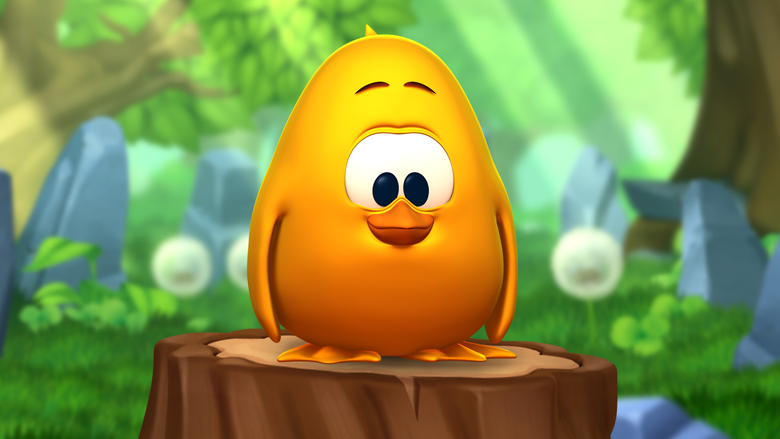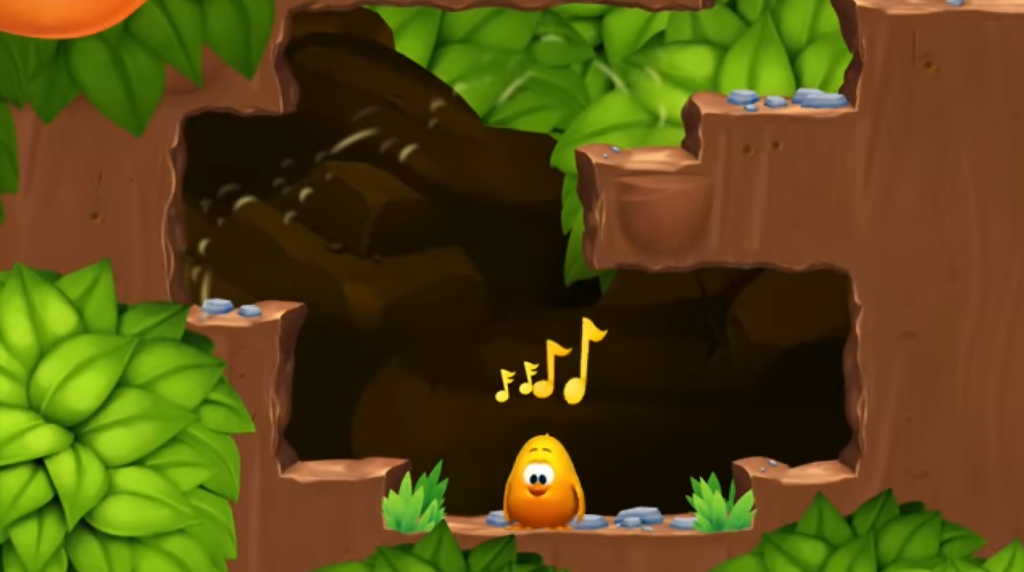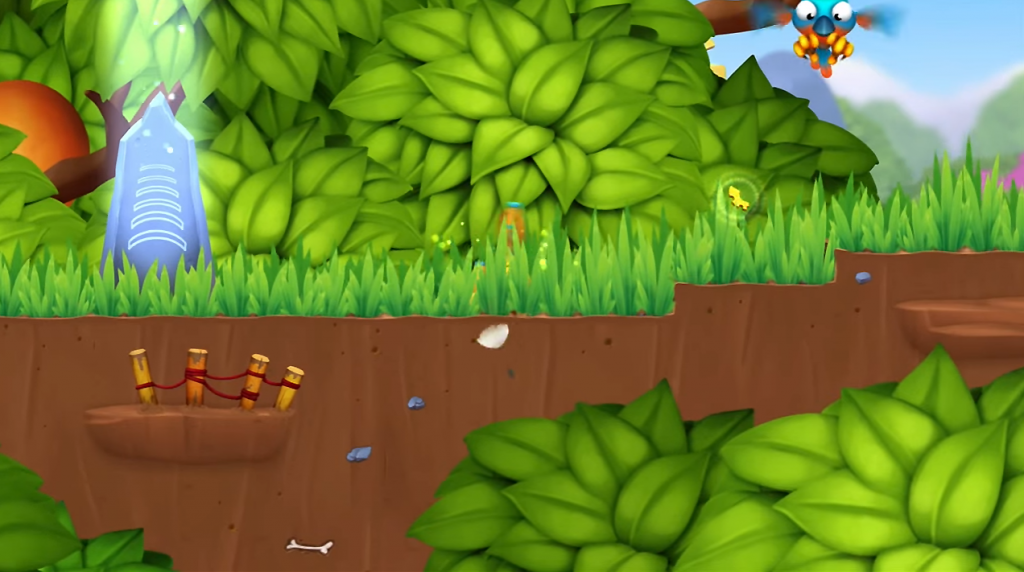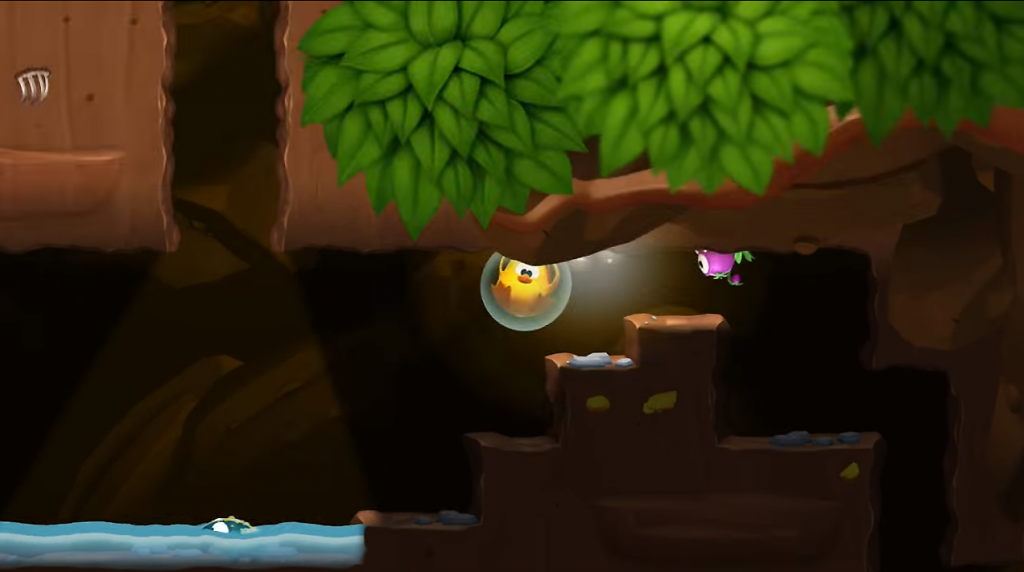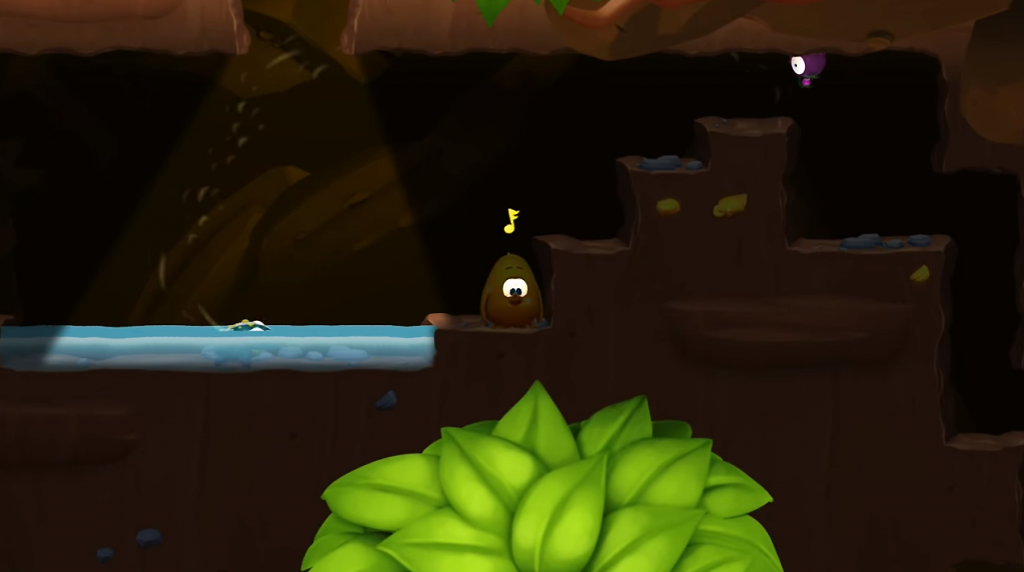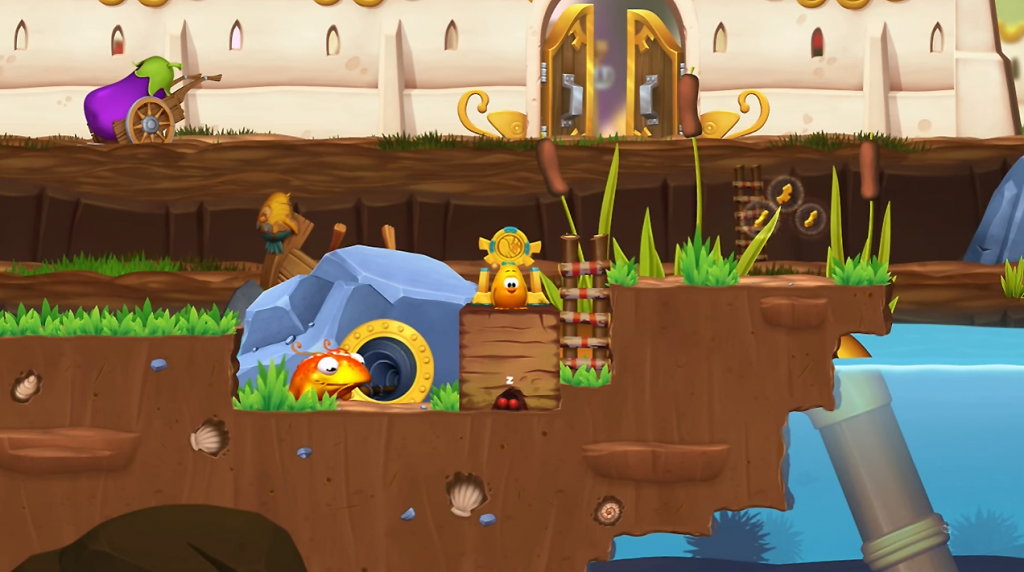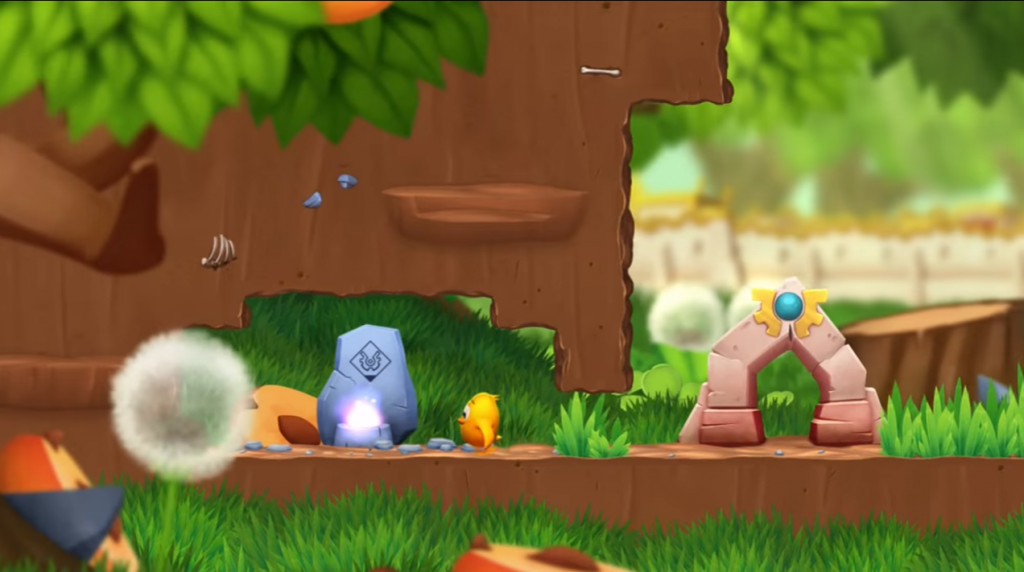Mark Brown, an indie developer and editor of the Pocket Gamer resource, told how exactly the Toki Tori 2 puzzle differs favorably from its own kind – within the framework of the Game Maker’s Toolkit video cycle. With the author’s permission, we have prepared a printed version of the material. We share.
Believe it or not, Toki Tori 2 is one of the most daring and ingenious puzzles of 2013. This is a game in the genre of metroidvania, where locked doors or indestructible blocks do not get in the way of the player. The only thing that prevents the player from leaving the main path and paving his own is a basic knowledge of how the game works.
But before we talk about this, let’s define what metroidvania is.
Once upon a time, most games were divided into levels that followed one after another in a certain order. Then there were games in the genre of metroidvania, where all the levels were “flattened” so that one common map turned out. The order of the levels was violated. There was a possibility that traveling through the game world, you could stumble upon a door that remained closed until an object was found that would allow you to pass through it. That is, after you find the key, you had to go back to the obstacle and bypass it. Now there are a lot of such games, including Metroid (which gave the name to the genre, – approx. editions), Castlevania, Shantae, Shadow Complex, Strider, Guacamelee and many others. In all these titles, the same trick is repeated: parts of the game world are not available until you get the next power-up. That is, all these games are never really about exploring the world. You still don’t get off the road that was paved for you. Only I have to go back often.
And now back to Toki Tori 2 – a game in which everything is completely different.
You are given only two abilities – to tweet and stomp. That’s all. There will be no other forces or objects. Yes, you are learning a few tunes that will help you recover, go to the map screen, take a screenshot or show where you are. But they do not open access to new areas.
Instead of abilities, the game has a complex ecosystem consisting of creatures that interact with the player and with each other in different ways. You move forward by controlling these creatures. You can tweet to get the platform to move closer to you, or use fireflies to disarm the enemy.
Walking along the main path – if there is one here at all – the player slowly learns these rules. It will not work to go ahead until you learn them. For example, from the very beginning you have to learn how to make bubbles in order to move to the next location. Checkpoints are always at the very edge of the screen, so it’s always clear where to go. But still, at any moment you can turn off the beaten path – although most beginners do not even realize that they have such an opportunity.
Take, for example, the starting locations. We came from the left, and it seems that the only available option is to go to the right.
However, we can call a bird hovering above us to climb up, then use the water to grow grass and sneak past other birds unnoticed, and then use a crab to fill a pothole in the path.
But most likely a beginner will not think of this, because up to a certain point he does not know how to summon a bird, grow grass or get crabs to help.
However, if you manage to go up and go to the left, you will get to the part of the game where most users will not get to until they go much further.
This is a pattern break – just like in other games, where an attentive player can use the game’s mistakes or apply a cheat code to complete the level faster. But only here everything is official.
Another example. There is a certain segment where the character falls, and the only choice he has left is to go to the left. The stairs on the right are too steep, and we can’t jump.
But a little later we find out that the fireflies that get in our way can be led. So the next time we return to this location, we will bring these babies with us, which will wake up the purple monsters. Those will be eaten by a frog, from it we will get a ball, which will lift us up the stairs.
In another location, electric critters get in our way. A little later we will learn how to turn them off – you need to get wet, and then stomp. But, perhaps, it will be possible to understand this even earlier – and then you will explore the game as you see fit.
This is the magic of Toki Tori 2. There is a feeling that you are really, naturally exploring the game, because you can find your own way, and the possibilities are not limited to the abilities of the character. If you can’t move on, it’s only because you haven’t figured out what to do. The main path will eventually lead you to a location where you will realize that the main goal of the game is to lure five frogs into a teleport. And you can do it in any order – and this, again, only strengthens the feeling that you can freely explore the game world.
It’s the same with the other goal of the game. You need to collect the pieces to activate the stones and open the gate. And you can collect them whenever you want. It’s up to you to decide.
Again, I don’t think this should be the case in any game or even in any game in the genre of metroidvania. This is an audacious technique – if you don’t set it up correctly, users will start moving wherever they want, miss important elements and get lost, stuck or tired. But it’s nice to be allowed to plan your own adventure for once. There are so many games now where they lead you by the handle, help you with everything, chew everything endlessly, give you a bunch of huge compasses that indicate where to go. There are no tutorials in Toki Tori 2, there is not a single word except the logo of the game, it pays tribute to the player’s mind, which is very nice. The game went unnoticed, but I think it deserves more attention. Don’t be fooled by her cute appearance – this puzzle for PC and Wii U is very clever, and at times just devilishly difficult.
Source: Mark Brown’s YouTube Blog
Translated by Irina Smirnova

